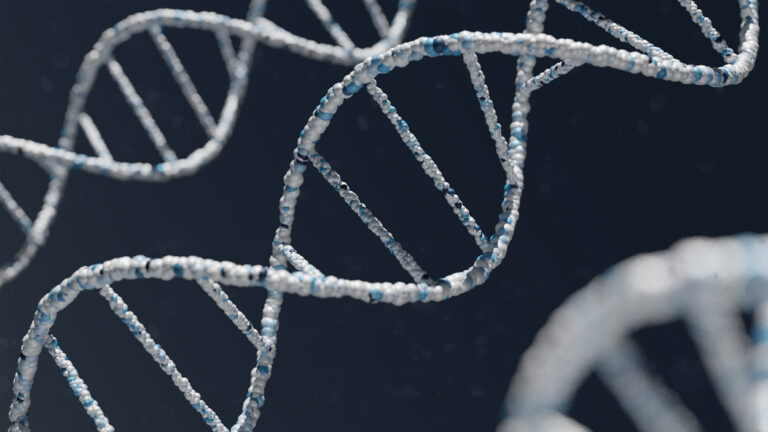Canadian police forced to remove DNA-generated suspect image following racial profiling accusations
A Canadian police department has recently come under fire after they tweeted a DNA-assisted image of a potential suspect. The computer-generated image was based on a profile of DNA recovered from a victim involved in a sexual assault case from 2019. It depicted a young black man, approximately 25, with short hair and a neutral expression.
According to CBC, the mugshot, released on 4 October 2022 by the Edmonton Police Section (EPS), was produced by Parabon NanoLabs, a forensic genetics company that has been shrouded in controversy ever since it began to facilitate DNA profiling and phenotyping—the activity or process of determining, analysing, or predicting all or part of an organism’s traits.
In 2019, Parabon’s Snapshot tool rose to prominence. The analysis service was developed to help police “provide a comprehensive analysis of someone’s ancestry and a composite facial sketch from a DNA sample,” as stated by Nature.
However, multiple experts in genetics have warned of the racial biases that may be perpetuated through the use of such technology. Sociologist Helena Machado is one such individual, telling Nature, “It might reinforce the idea that there is a higher prevalence of criminality in certain families.”
Yet, a quick scroll through Parabon’s website shows the company promising supposed law enforcement visitors, “Solve your toughest cases—FAST!”
Speaking on the use of Snapshot, Benedikt Hallgrimsson, head of cell biology and anatomy at the University of Calgary, told The New York Times, it’s “all a bit of science fiction at this point.” “Those of us working in the field in the genetics of facial shape don’t actually know how the company is doing their predictions,” Hallgrímsson went on to tell CBC.
Despite these major concerns, Parabon currently services dozens of police departments around the world, including Calgary, Saskatoon, Sudbury and Windsor. Clearly, law enforcement does not appreciate the serious concerns regarding this controversial technique—or do they?
Within the original post, which featured the DNA-assisted image, the EPS claimed that the tool would be a helpful measure to predict—not identify, just predict—what the criminal suspect might look like, as reported by Futurism.
Racial profiling is not a new problem, and rather than it depreciating in recent years, it has intensified in a number of ways. More aggressive bias-based policing has impacted swathes of people of colour. Only recently, on 5 September 2022, Chris Kaba—an unarmed black man—was fatally shot by the Metropolitan Police department. As of 4 October, it has been confirmed that Kaba was not a suspect before he was shot and killed. Rather, he was pursued by an unmarked police car without lights or sirens, as reported by The Guardian.
Surely a police department would realise the magnitude of releasing such an image, and indeed the problems that could arise for a number of men who may happen to resemble the alleged perpetrator.
Following mass criticism online, the EPS apologised and removed the image from its social media and website—nevertheless, the damage had already been done and many began to question why, knowing the flaws of DNA profiling, law enforcement would use such underdeveloped and problematic technology.
One geneticist, Dr Adam Rutherford, voiced his concerns directly to the EPS tweet, posting: “Geneticist here. You can’t make facial profiles or accurate pigmentation predictions from DNA, and this is dangerous snake oil.”
According to CBC, in a news conference held two days after the initial image was released to the public, Edmonton police chief Dale McFee—while he did support the decision to take down the image—stated, “We have to be very clear that when there’s nothing left [to do], we’ve got to unturn every stone.”
Enyinnah Okere, chief operating officer for the community safety and well-being bureau of EPS, also released a statement to the public: “Any time we use a new technology—especially one that does raise concerns about profiling of a marginalised group—we cannot be careful enough in how we validate these efforts and fully, transparently consider the risks.”
The statement continued: “While the tension I felt over this was very real, I prioritised the investigation—which in this case involved the pursuit of justice for the victim, herself a member of a racialized community, over the potential harm to the black community. This was not an acceptable trade-off and I apologise for this.”






